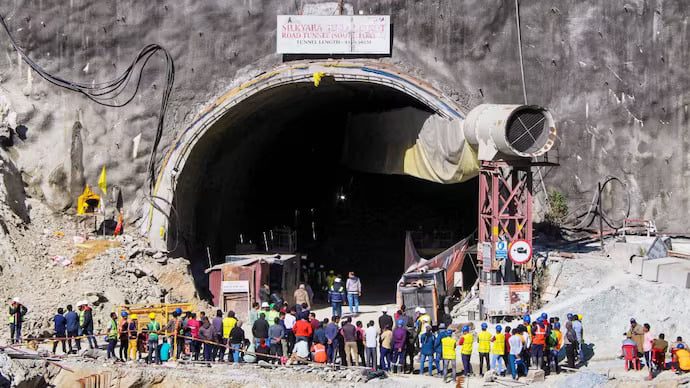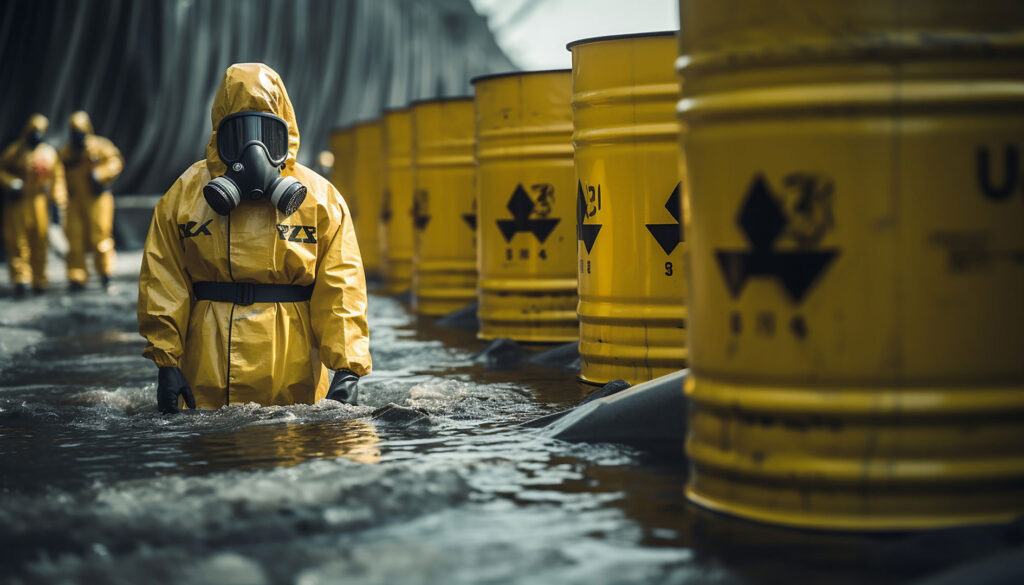Importance of Safety Regulations in Mining & Tunnel Building
The remarkable rescue of 41 workers trapped in the Uttarkashi tunnel in November 2023 underscores the critical importance of safety regulations in India, particularly in high-risk industries like construction and mining. This incident serves as a stark reminder of the potential dangers workers face and the necessity of stringent safety measures.
The Importance of Safety Regulations
Safety regulations are essential to protect workers from hazards inherent in their workplaces. In the Uttarkashi tunnel incident, the lack of adequate safety measures led to a life-threatening situation, which could have been prevented with proper planning and risk assessment. Safety regulations, when strictly enforced, can significantly reduce the risk of accidents and fatalities.
The Downsides of Lax Safety Measures
The absence or inadequate enforcement of safety regulations in India often leads to accidents, injuries, and fatalities. In the Uttarkashi case, factors like inadequate emergency exits, lack of proper equipment, and insufficient training contributed to the crisis. These oversights not only endanger lives but also lead to financial losses and reputational damage for the companies involved.
What Needs to Improve
Strict Enforcement of Safety Laws: There is a dire need for the strict enforcement of existing safety laws and regulations, especially in sectors prone to high risks.
Regular Safety Audits: Regular audits and inspections of workplaces, especially construction sites and tunnels, can help identify potential hazards and mitigate them before they lead to accidents.
Training and Awareness: Workers should receive regular training on safety practices and emergency response. Awareness about safety protocols is crucial in preventing accidents and ensuring quick and efficient responses in emergencies.
Investment in Safety Equipment: Investing in modern, high-quality safety equipment is essential. This includes personal protective equipment for workers and advanced machinery with safety features for high-risk tasks.
Emergency Preparedness and Response: Establishing clear emergency response protocols and ensuring workers are familiar with them can save lives during crises. The Uttarkashi incident highlights the need for quick and coordinated rescue operations.
Worker Involvement: Workers should be encouraged to participate in safety discussions and report potential hazards. Their firsthand experience can provide valuable insights into improving workplace safety.
Looking to the Future
The Uttarkashi tunnel rescue operation was a testament to human resilience and teamwork. However, it also highlighted the glaring gaps in workplace safety in India. Moving forward, there is a need for a holistic approach to safety, encompassing stringent regulations, regular training, investment in safety equipment, and an ingrained culture of safety. Such measures can significantly reduce the risk of such incidents in the future and ensure the safety and well-being of workers across various industries in India.









